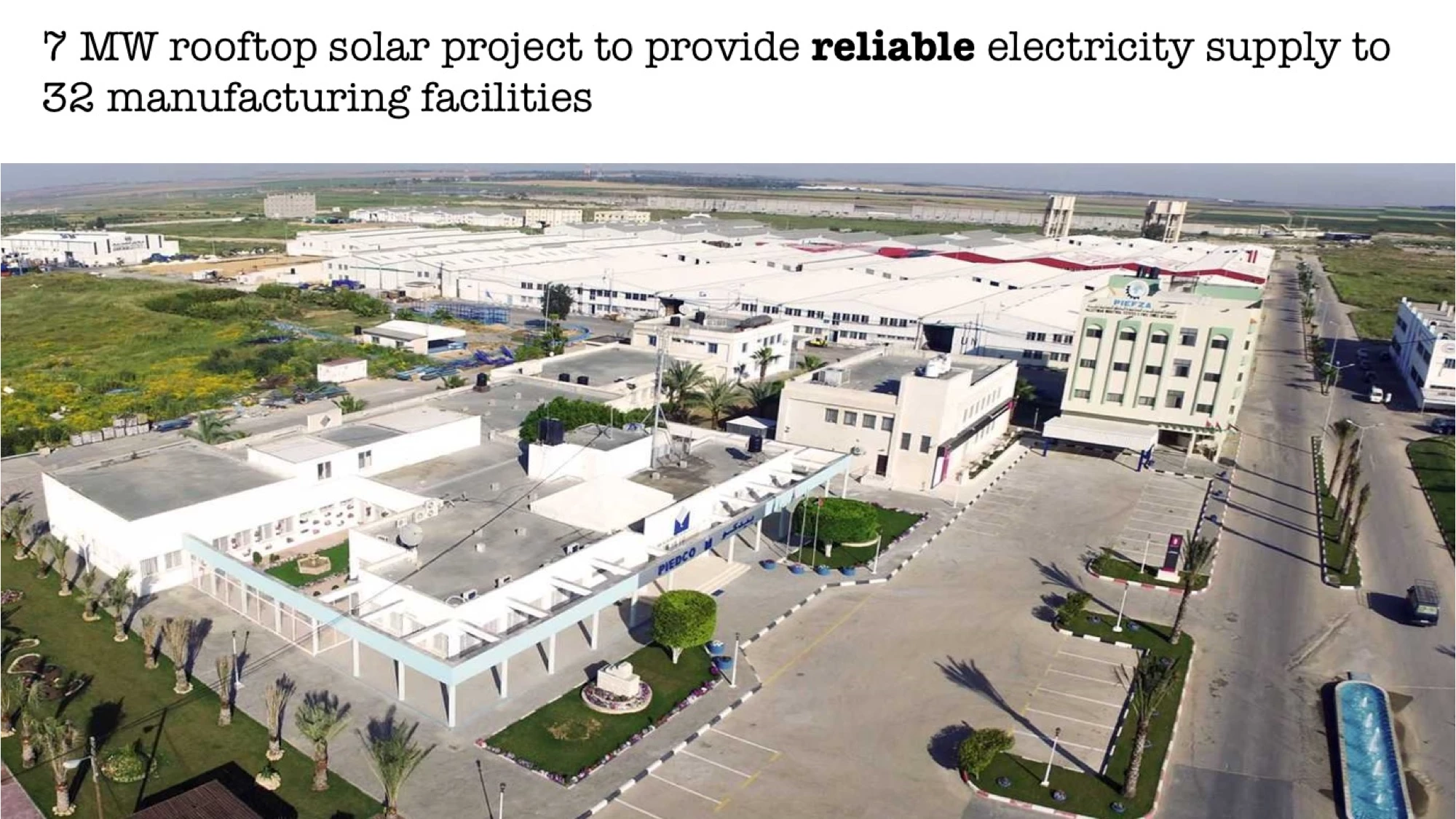
Gaza is one of the most fragile places in the world. Its 2 million people have lived under a blockade since 2007. Crammed within an area of only 365 square kilometers—about the size of Philadelphia—its mostly young and educated population has few economic opportunities, with unemployment topping 50 percent. As GDP per capita falls, more than half of its people have sunk below the poverty line, with few opportunities for prosperity. Only donor support is keeping the economy afloat.
In addition to that, Gaza is constrained by limited access to power—with only four hours per day of electricity. That creates a huge burden to ordinary people, who are forced to plan around the power schedule. But the lack of power is also crushing the life out of the manufacturing sector, which previously served as a major source of employment in Gaza. So, can we in the international development community do something to address this problem?
One potential solution is providing reliable electricity to the Gaza Industrial Estate, an industrial zone several kilometers outside of Gaza City targeting the food, wood, plastic, and aluminum sectors. It houses 32 manufacturing facilities and is one of the largest private sector employers in Gaza. But electricity interruptions force factories to either shut down operations or turn to costly diesel generators to keep on running—at three times the cost of power from the grid.

PRICO, a local sponsor, and a sister affiliate of PADICO, came up with an innovative solution to provide manufacturers a cheaper, cleaner, more reliable energy source—rooftop solar power generation. But an initiative like this needs a lot of technical, market, and financial support. Field officers from the World Bank Group—specifically, the International Finance Corporation (IFC), the World Bank, and the Multilateral Investment Guarantee Agency (MIGA)— joined efforts to provide support since the project’s inception. The proposed project will provide 7-megawatts of power capacity to the manufacturing facilities by placing solar panels on their rooftops. This will enable factories to switch off their diesel generators, increase their production shifts, and create more jobs.
The harsh realities of fragility
In Gaza, the project risks are enormous, even compared to other fragile environments. For starters, we’re dealing with unpredictable and dominating political risks. The legal environment is also extremely complicated because Gaza and the West Bank are controlled by different political parties. Furthermore, some World Bank institutions are dependent on limited donor trust funds to operate in the West Bank and Gaza. In the end, movement and access restrictions create additional complications that impact project preparation and implementation.
As such, it is very difficult for the project to achieve financial sustainability. To address that, the World Bank Group implemented a collaborative approach from the beginning to finance and de-risk the project:
- IFC is providing long-term financing beyond 10 years with 50 percent of the loan coming from blended finance, which combines IFC commercial financing with funds from the Canada Climate Fund.
- The World Bank is providing grant financing for 15 percent of the project costs.
- MIGA is providing 10 years’ cover against the risks of war, civil disturbance, and expropriation.
The essence of the maximizing finance for development
As the World Bank Group doubles down on maximizing finance for development—where we leverage private sector resources to tackle developmental challenges— we can demonstrate that private financing of infrastructure projects is possible even in the most difficult, complex, and fragile situations. The project structure will be replicated for other projects in Gaza as well as the West Bank, and will provide a road map for applying such hybrid approaches to make developmental interventions sustainable. The lessons-learned will be valuable for both the World Bank Group and for other developmental institutions.
It may sound like designing this project was an easy task. It wasn’t. Field staff had to navigate a very hard and constantly changing environment on the ground while also pushing the envelope internally to secure the required approvals. But in the end, the effort was worth it. The project’s potential development impact is substantial, where providing clean and reasonably priced energy to 32 companies in Gaza will preserve 2,000 jobs and provide an additional 800 as manufacturing operations expand.
For us personally, this project has been incredibly fulfiling because its long-term impact can reach far beyond its immediate beneficiaries. We believe the riskier the country, the more relevant and more impactful the World Bank Group—and its partners—can be. Together, we can pull off important projects in difficult circumstances and deliver results that preserve and support the resilience of people who desperately need a path out of poverty.
Related posts:
A brighter future for Gaza?
Beating the odds? How PPPs fare in fragile countries Making public-private partnerships work for post-conflict countries
The sunny side of PPPs: Rooftop solar, public-private partnerships, and the promise of a brighter future
Making PPPs work in fragile situations



Join the Conversation